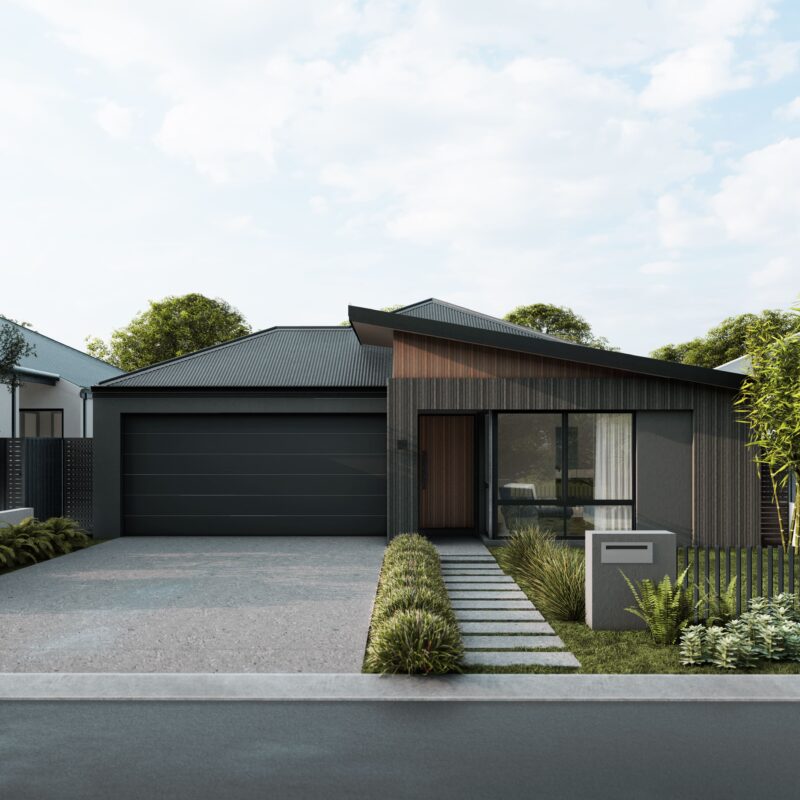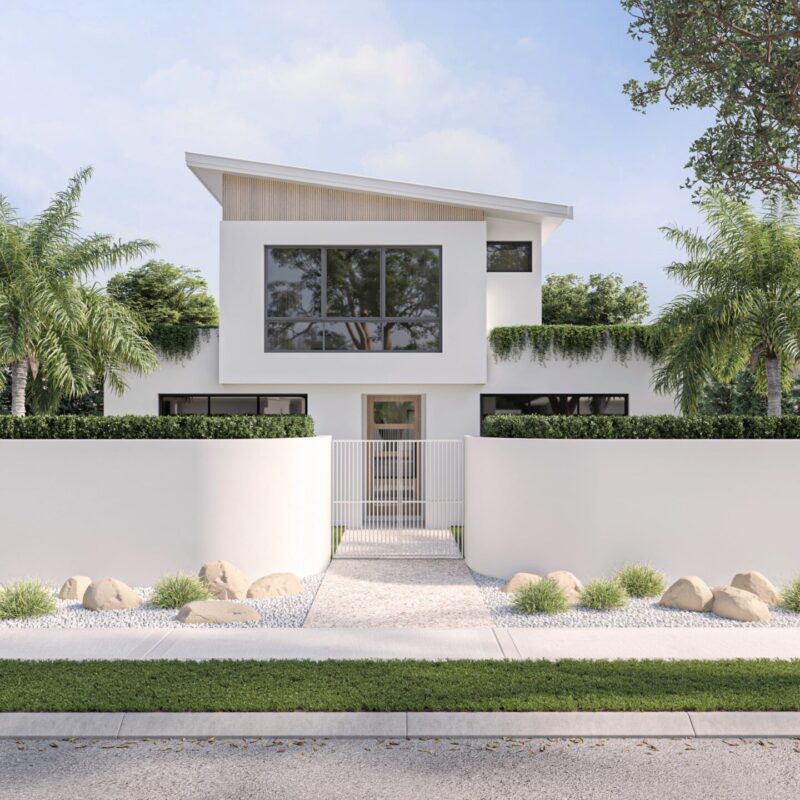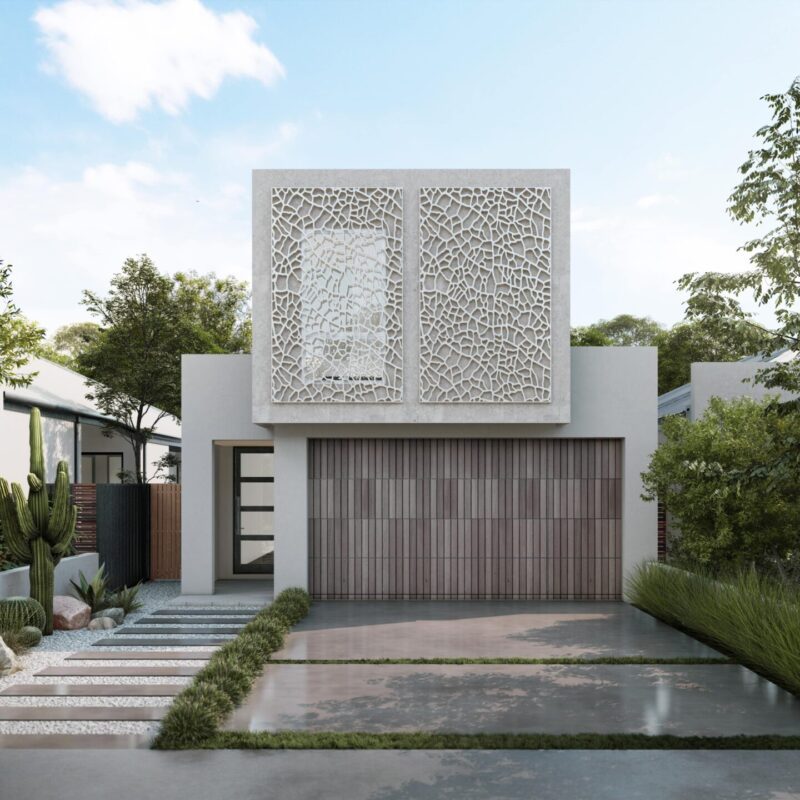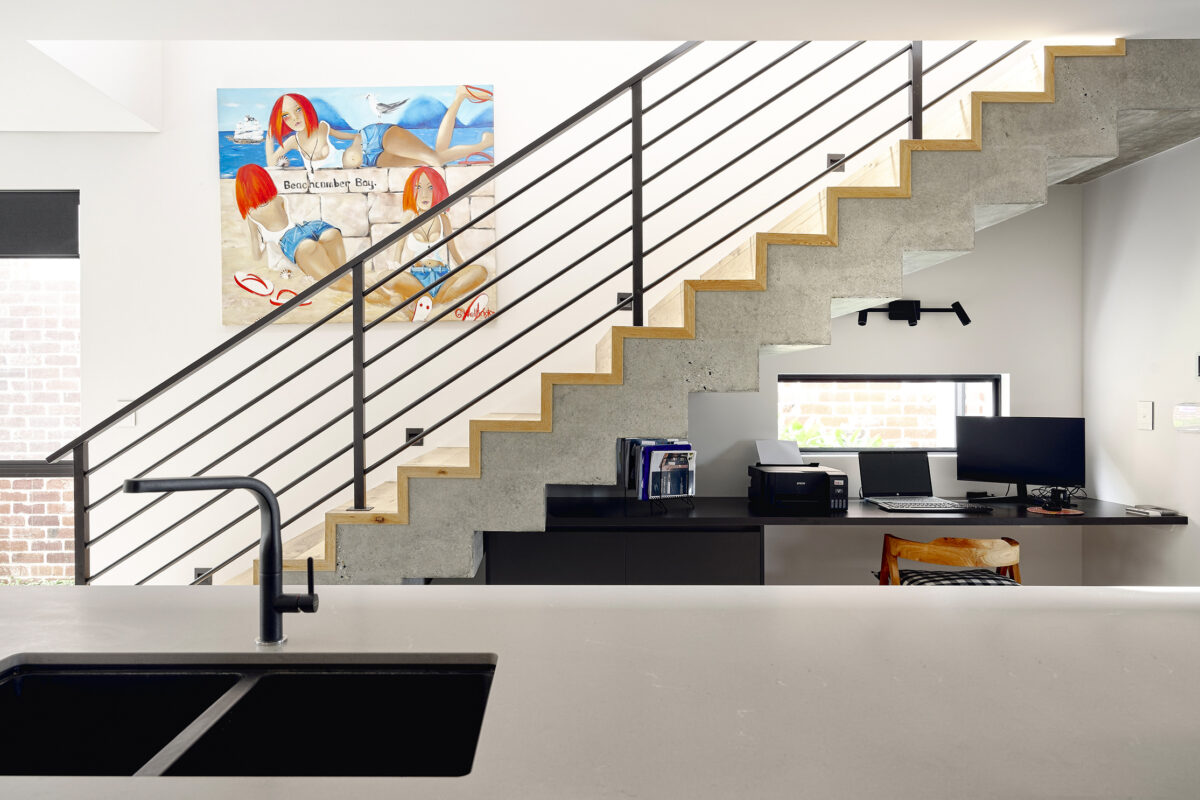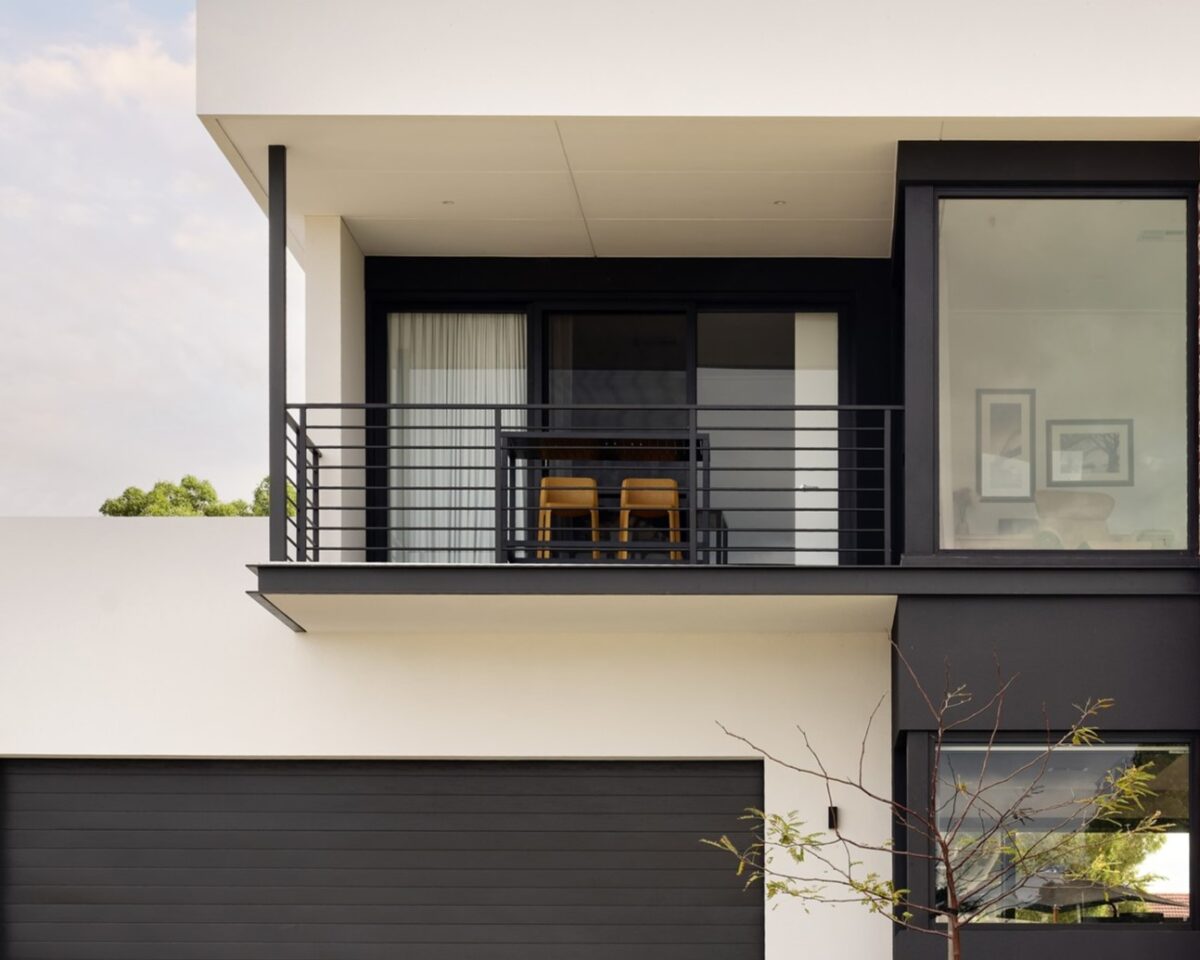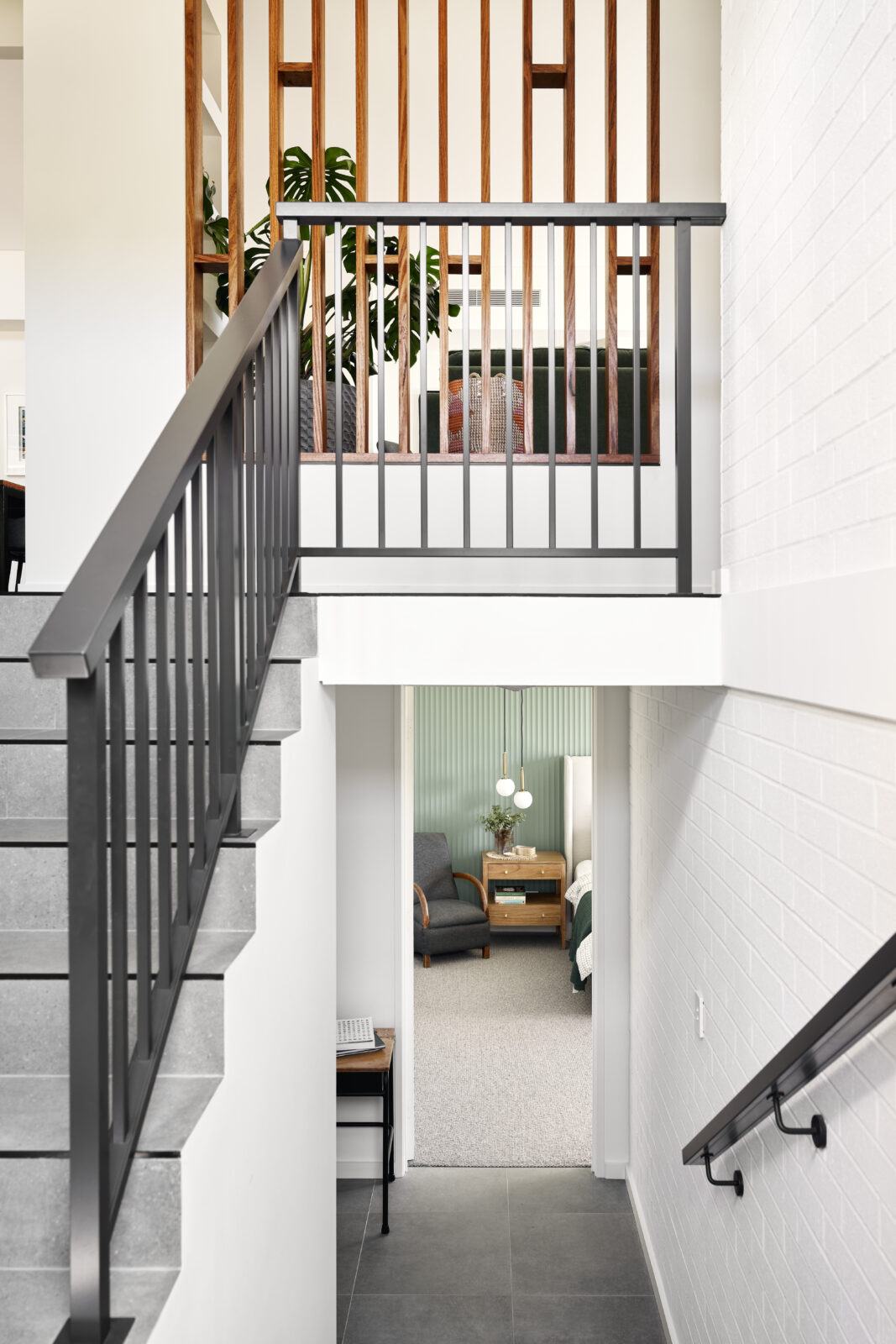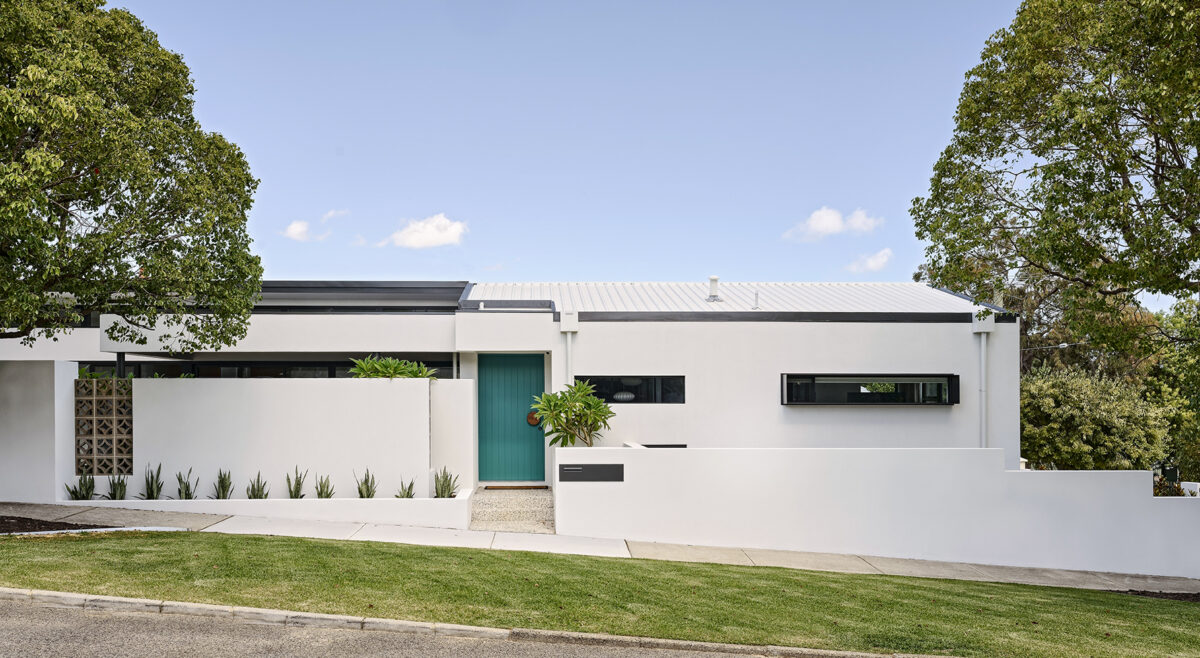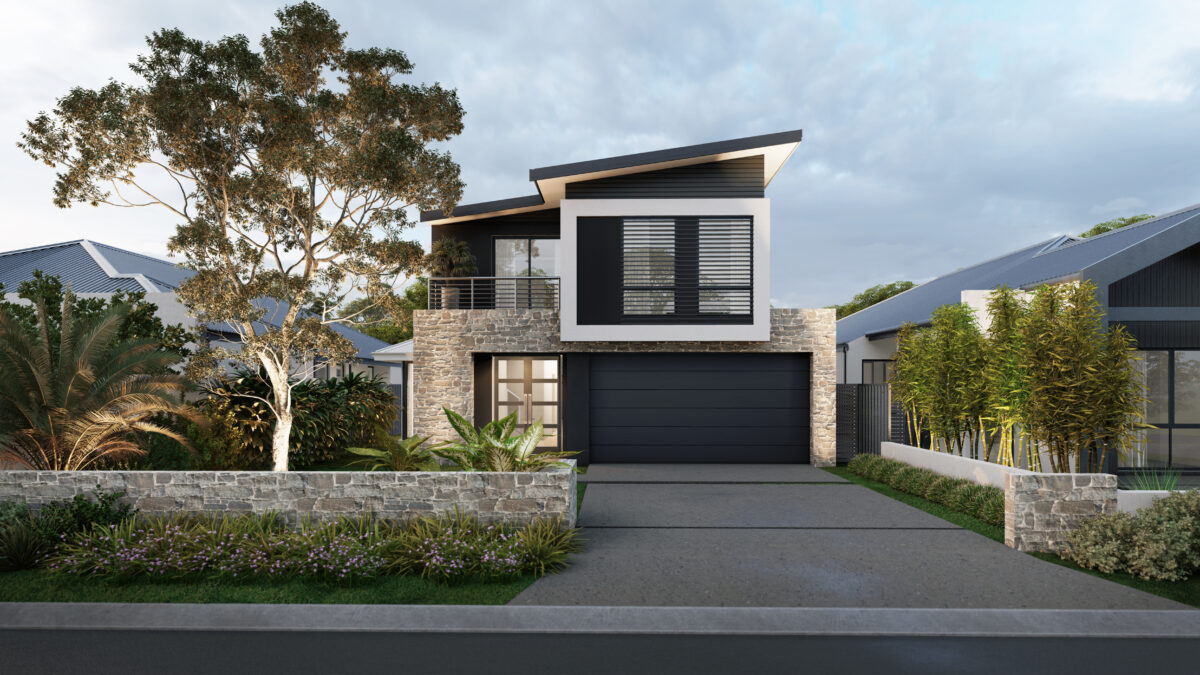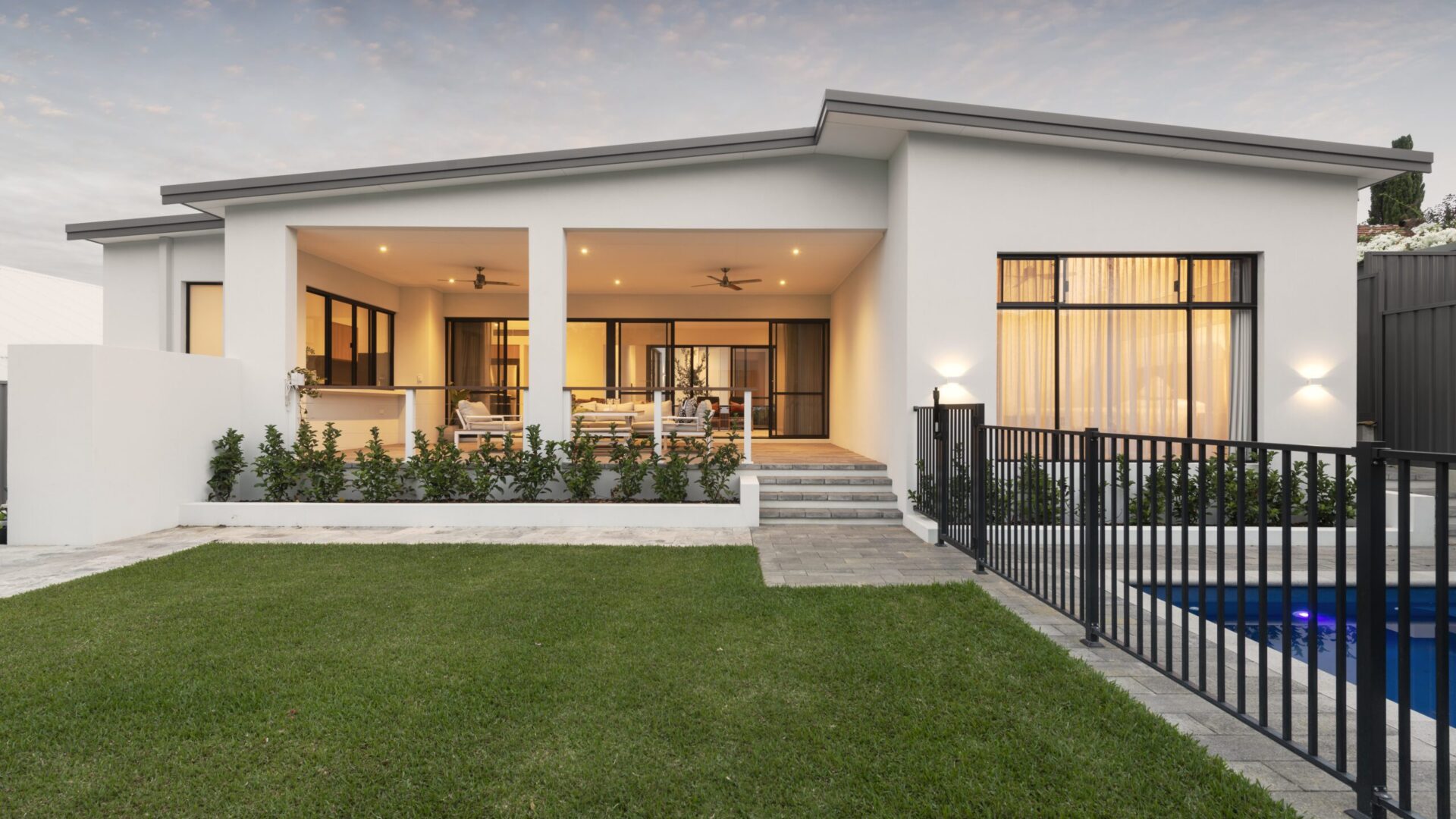
Inspiration
Inspiration at your fingertips
Ready to ignite your imagination? Welcome to our inspiration hub, where creativity knows no bounds! Discover captivating stories of our display homes, and custom-designed wonders, and gain valuable building advice. Get a regular supply of design tips and insights for all things home, interior, and building.
Socials
Got yourself a squat lot? That doesn’t mean your design choices are limited!
Take a look at our Tech Modern design – it makes the most of every corner with generous ground-floor rear living and three large bedrooms and a retreat upstairs. No compromise!
Explore more on our website. Link in bio.
Proud member of the @jwhgroup
#residentialattitudes #livewithattitude #jwhgroup

If our Mid Century North Perth home doesn’t light you up with a warm glow, nothing will!
It’s all about the free-flowing, open-plan design and those unique finishing touches, like the outdoor firepit (perfect for cooler autumn nights). 🔥
Proud member of the @jwhgroup
#residentialattitudes #livewithattitude #jwhgroup

Introducing The Muse, where every detail inspires.
Parents can find solace in a serene ground-floor sanctuary, featuring a walk-through dressing area and spa-like ensuite for relaxation and inspiration.
Upstairs, children have space to roam and explore in three bedrooms and a cosy sitting area, nurturing their imaginations.
Opening hours: Open Sat & Sun 1-4pm.
View at 31 Overland Approach, Wanneroo.
Proud member of the @jwhgroup
#residentialattitudes #livewithattitude #jwhgroup

Maximise your space without expanding land! 🏠
As land in Perth becomes scarcer and lot sizes shrink, modern two-storey home designs are becoming extremely popular for their ability to maximise your square footage without increasing how much land you need.
Dive into our latest blog to discover the key features and elements essential for creating a well-planned modern two-storey home. Link in bio.
Proud member of the @jwhgroup
#residentialattitudes #livewithattitude #jwhgroup

Our double-storey designs do it all.
Whether you want to capture the views or create space for older children, adding an upper floor is the way to do it. Even better, you can expand your interior square footage without losing any of your backyard.
Proud member of the @jwhgroup
#residentialattitudes #livewithattitude #jwhgroup

Leverage impact via a tasteful twist. ✨
A modern frontage with a touch of dynamic style – such as a cantilevered design – helps a home stand out on the streetscape while providing residents with practical benefits.
Residential Attitudes Designer Franco Ranallo, recently spoke with Annie Mills from the @thewestnewhomes lift out about the aesthetics and practical benefits of cantilevered design.
Read the full article on our website. Link in bio.
Proud member of the @jwhgroup
#residentialattitudes #livewithattitude #jwhgroup

We’ve nailed the beachside home brief at Residential Attitudes. 🌴
Our coastal homes have been designed to maximise natural light and airflow, creating bright and breezy interiors that evoke a sense of serenity.
Whether you`re envisioning a cosy coastal retreat or a beachside oasis, we have the perfect range of homes to bring your vision to life.
Proud member of the @jwhgroup
#residentialattitudes #livewithattitude #jwhgroup



